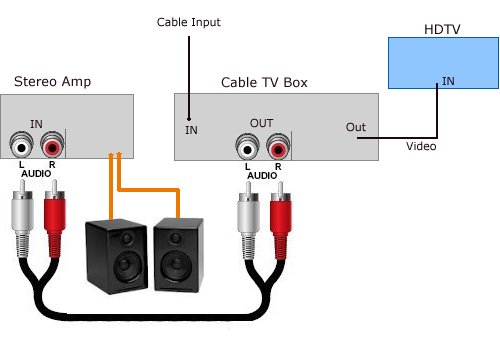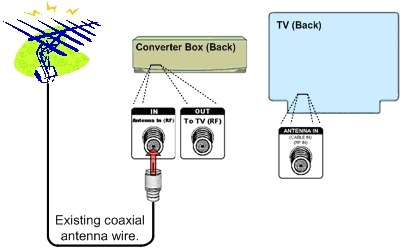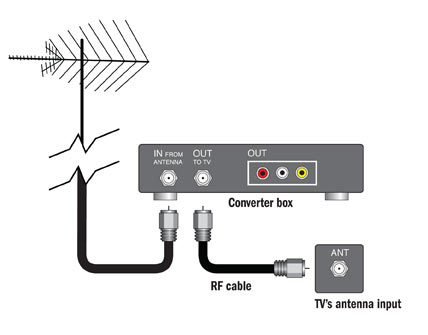

Then ADC will be used to convert analog value into digital form. In this tutorial we will connect a MCP4725 DAC IC with Arduino Uno and provide analog input value to Arduino pin A0 by using a potentiometer. I2C communication in Arduino is already explained in detail in previous tutorial. Only thing is we need to change the I2C address of the IC. Using I2C bus we can connect multiple MCP4725 DAC IC. By default, the I2C address for MCP4725 is 0圆0 or 0圆1 or 0圆2. I2C communication requires only two wires SCL and SDA. This DAC IC can be interfaced with any microcontroller using the I2C communication. O/P Voltage = (5/ 4096) x 2048 = 2.5Vīelow is the image of MCP4725 with clearly indicating pin names. Maximum reference voltage is 5V.įormula to calculate Output Voltage O/P Voltage = (Reference Voltage / Resolution) x Digital Valueįor Example if we use 5V as reference voltage and let’s assume that digital value is 2048. This means we use (0 to 4096) as input to provide the voltage output with respect to reference voltage.

It also comes with on board nonvolatile memory EEPROM. MCP4725 IC is a 12-Bit Digital to Analog Converter Module which is used to generate output analog voltages from (0 to 5V) and it is controlled by using I2C communication. MCP4725 DAC Module (Digital to Analog Converter) So here in this Arduino DAC tutorial, we use an additional board called MCP4725 DAC Module with Arduino. It has a 10-bit DAC in internal ADC but this DAC cannot be used as standalone.

Arduino has ADC feature (Analog to Digital Converter) but it has no DAC (Digital to Analog Converter). But Arduino processors such as ATmega328/ATmega168 don’t have DAC inbuilt. In many microcontrollers there is an internal DAC that can be used to produce analog output. So in this system DAC is used.ĭAC can be used in many applications such as Motor control, Control Brightness of the LED Lights, Audio Amplifier, Video Encoders, Data Acquisition Systems etc. These analog sound waves are converted into digital form and then stored in a digital format file and when the song is played using the stored digital file those digital values are converted into analog signals for speaker output. But what if we need Analog signals from digital values, so here comes the DAC (Digital to Analog Converter).Ī simple example for Digital to Analog converter is recording a song in studio where an artist singer is using microphone and singing a song. That’s why ADC (Analog to Digital Converters) is there to convert real world Analog values into Digital form so that microcontrollers can process the signals. We all know that the Microcontrollers work only with digital values but in real world we have to deal with analog signals.


 0 kommentar(er)
0 kommentar(er)
